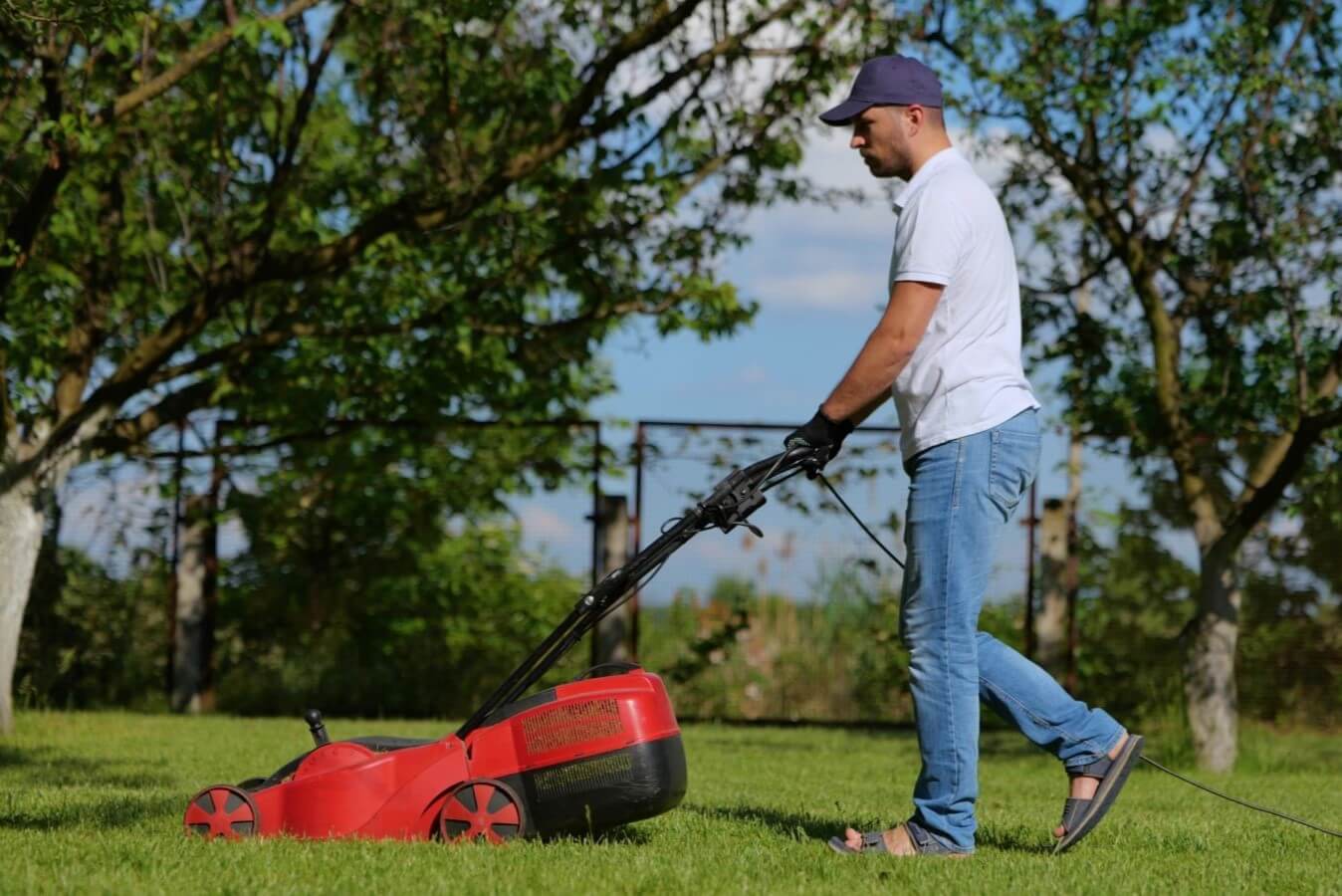When Should I Update My Hearing Aids?
If you’ve been wearing hearing aids for a while, you’re

Hearing Health Hearing Protection
By: nick | July 3, 2023
We live in a noisy world and it seems that it just keeps getting noisier. This is due to many factors such as a soaring global population, continued sprawl of urban and suburban communities, and roads which stretch into the most remote parts of the world, while airplanes soar above it all. In addition, increased access to the internet just about anywhere, has filled our lives with more information and noise at the tip of our fingertips. This means that even when we have a moment of peace we often use it to access more sound and information. The loudness or pressure of sound is measured in decibels (dBA) and The Environmental Protection Agency (EPA) states that any decibel level which you are exposed to above 70 dBA or more for 24 hours can cause hearing damage and increase stress levels to life threatening levels. What are the sounds you expose yourself to every day and which may be putting your hearing at risk?
Hearing loss is a serious condition worldwide affecting an estimated 466 million people—a number which the World Health Organization (WHO) estimates will more than double in less than 30 years! One way we can reduce our risk of hearing loss is to monitor our everyday exposure to noise. The NIDCD (National Institute on Deafness and Other Communication Disorders) reports that approximately 15 percent of people in the United States between the ages of 20 and 69 have hearing loss due to noise exposure. Even more alarming is the fact that this is hearing loss which affects people of all ages. In fact, around 16 percent of adolescents ages 12 to 19 show some degree of hearing damage due to loud noise. The best way to limit your risk of noise induced hearing damage is to know the sources in your daily life. Some sources may surprise you!
If you live in a noisy neighborhood, you may normalize the sounds that you are exposed to daily. Heavy traffic from out your window from trucks, cars, buses, motorcycles, and emergency sirens can reach a steady level of 95 dBA—loud enough to cause damage in around an hour. Meanwhile, the sounds of music from businesses, entertainment venues or a neighbor can feel exhaustingly loud. Constant exposure of this nature can not only lead to permanent hearing loss for those who live nearby high volumes of noise but can result in heightened cortisol levels—the stress hormone which heightens fight or flight response. When chronic, this can cause hypertension, leading to higher rates of heart attack and stroke.
For those of us who live in a home with a yard we may look forward to the time where we mow, weed whack and leaf blow our yard. The sound can feel meditative, as we get our steps in, spend time outside, and leave our yard looking manicured on top of it all. Many of us even enjoy wearing headphones to listen to music or podcasts while we work. However, this can lead to increased damage to our hearing. Lawn equipment such as home lawn mowers, blowers and weed whackers can emit levels which reach 95 dBA—a level which can increase when you add listening to headphones into the mix. We recommend always wearing hearing protection and if you do listen to music, use noise canceling headphones to reduce the level required to block out noise while listening.
Home DIY projects are not only a way to challenge yourself to learn new things but a way to better your home, while saving money. However, take caution when using power drills, saws, jack hammers and grinders, which can reach dangerous levels. Come prepared like a professional with hearing protection.
WHO estimates that 1.1 billion people between the ages of 12 and 35 may be at risk worldwide for noise induced hearing damage due to exposure to loud sounds at entertainment venues such as concerts, performances, sporting events and nightclubs as well as use of personal listening devices connected to headphones. Headphones can deliver levels as high as 105 decibels—loud enough to damage your hearing in 15 minutes or less. Meanwhile, due to unlimited streaming of music and media, people of all ages listen for longer and louder than ever before. We recommend taking listening breaks to give your ears time to rest and recover. It is also a good idea to limit the volume of your headphones to no higher than 60 percent of the potential volume.
For more ideas to protect your hearing and to schedule a hearing exam, contact us today!

If you’ve been wearing hearing aids for a while, you’re
By: admin | May 5, 2022

According to a World Health Organization estimate, about 466 million
By: admin | May 5, 2022

The following scenario will be familiar to anyone who suffers from hearing
By: admin | March 22, 2022
